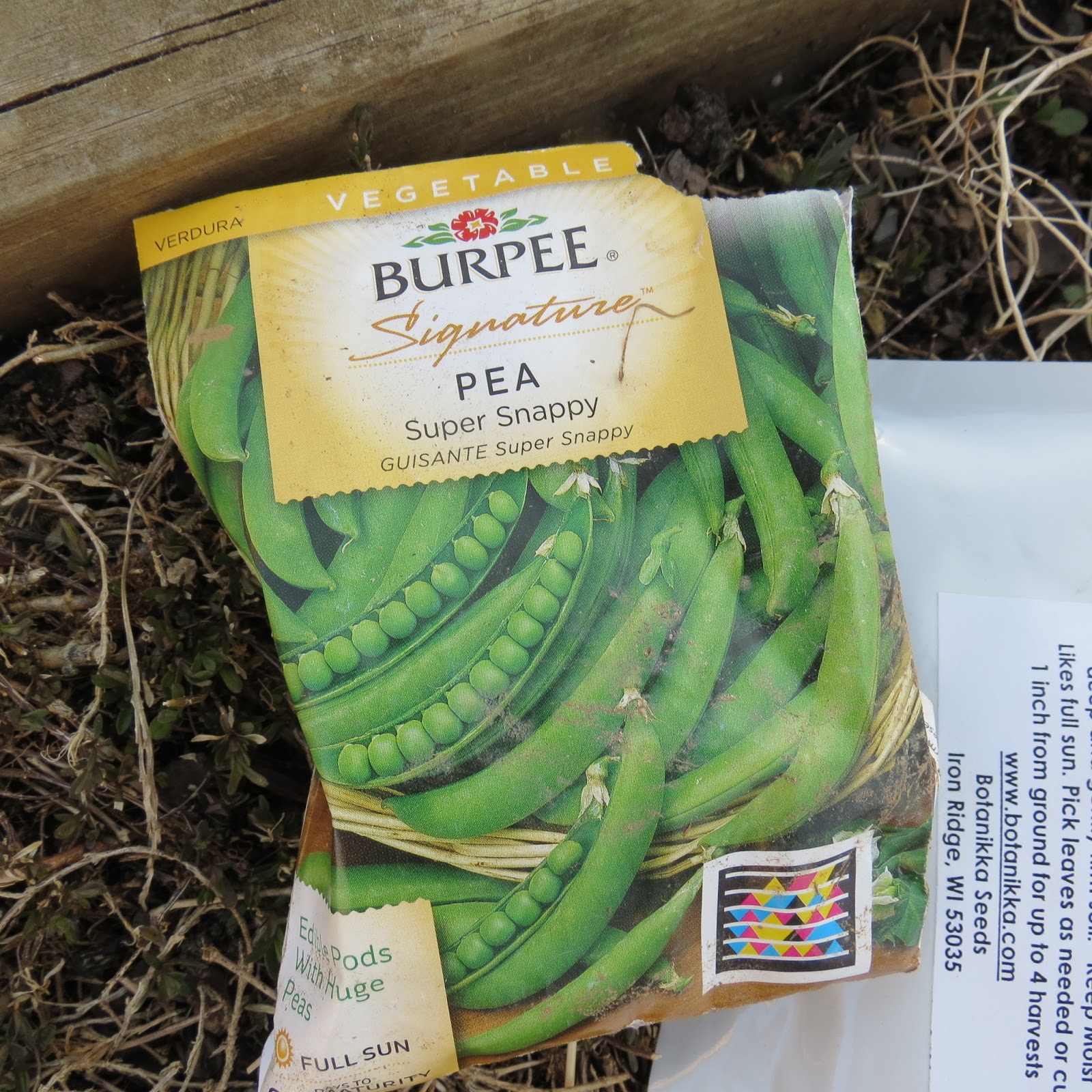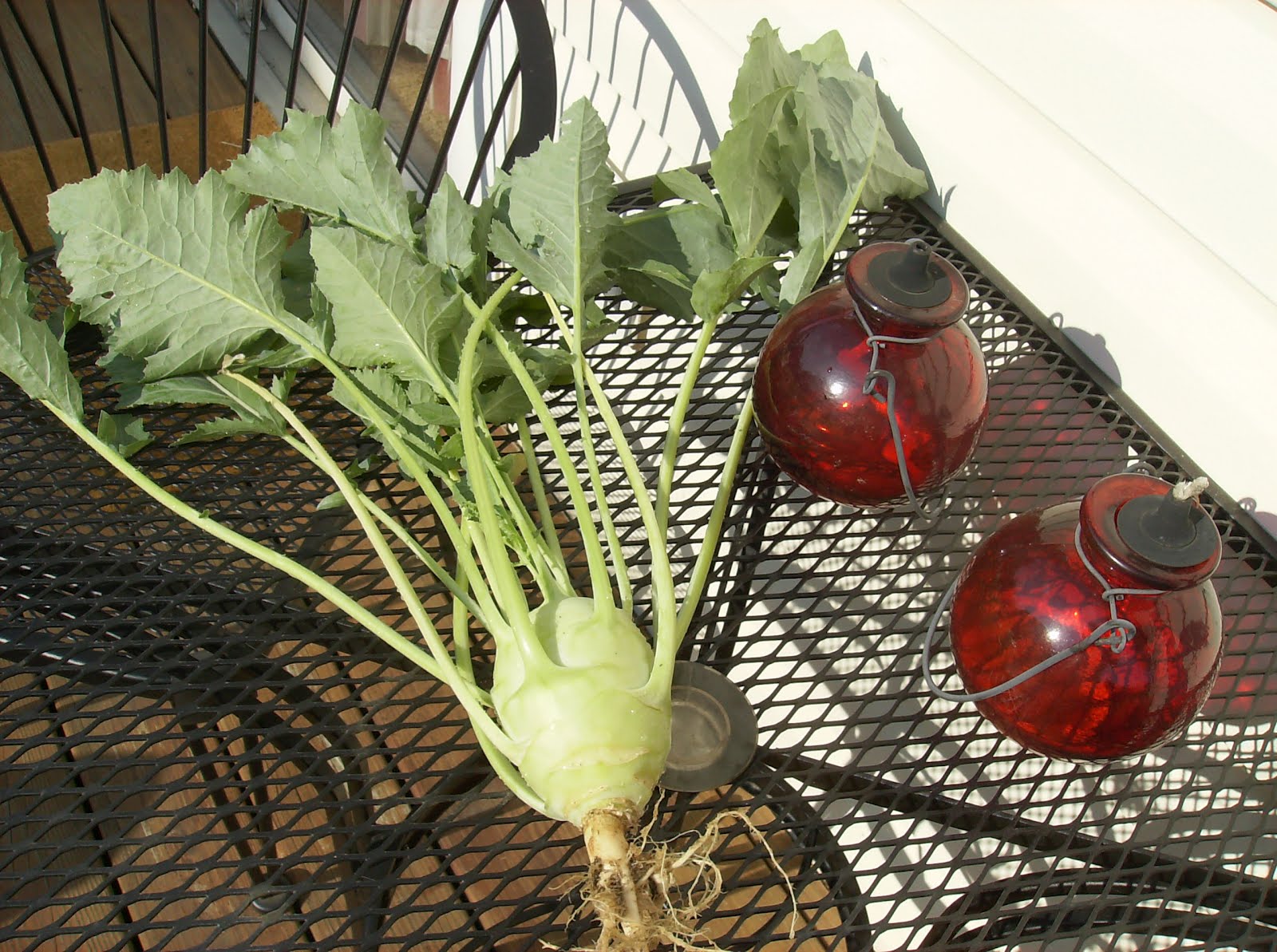Everything You Need to Know About Starting Peas Indoors: It Can Be Done!

Everything You Need to Know About Starting Peas Indoors: It Can Be Done! Peas are cool weather crops and need to be planted fairly early here in Maryland Zone 7. They prefer well drained soil and soil temperature that is 40 degrees or more. They do best when day temperatures don't get past 70ish degrees. So... I try and get mine outdoors in March. As of today, tomorrow will be March 1st and the ground is covered in snow and frozen. Losing most of March by waiting to plant peas directly in the ground, when the soil is ready, will really reduce my crop. You can easily start peas indoors in peat pots or styro-foam cups. This will give you a 2-4 week jump on the season depending on the variety of peas you start. The video shows you how I seed start them and when they are ready to be moved into larger containers or outdoors. Remember plants that are started inside, need to be gradually introduced to the sun and temperatures. This is called hardening-off. Peat pots work really well becau



